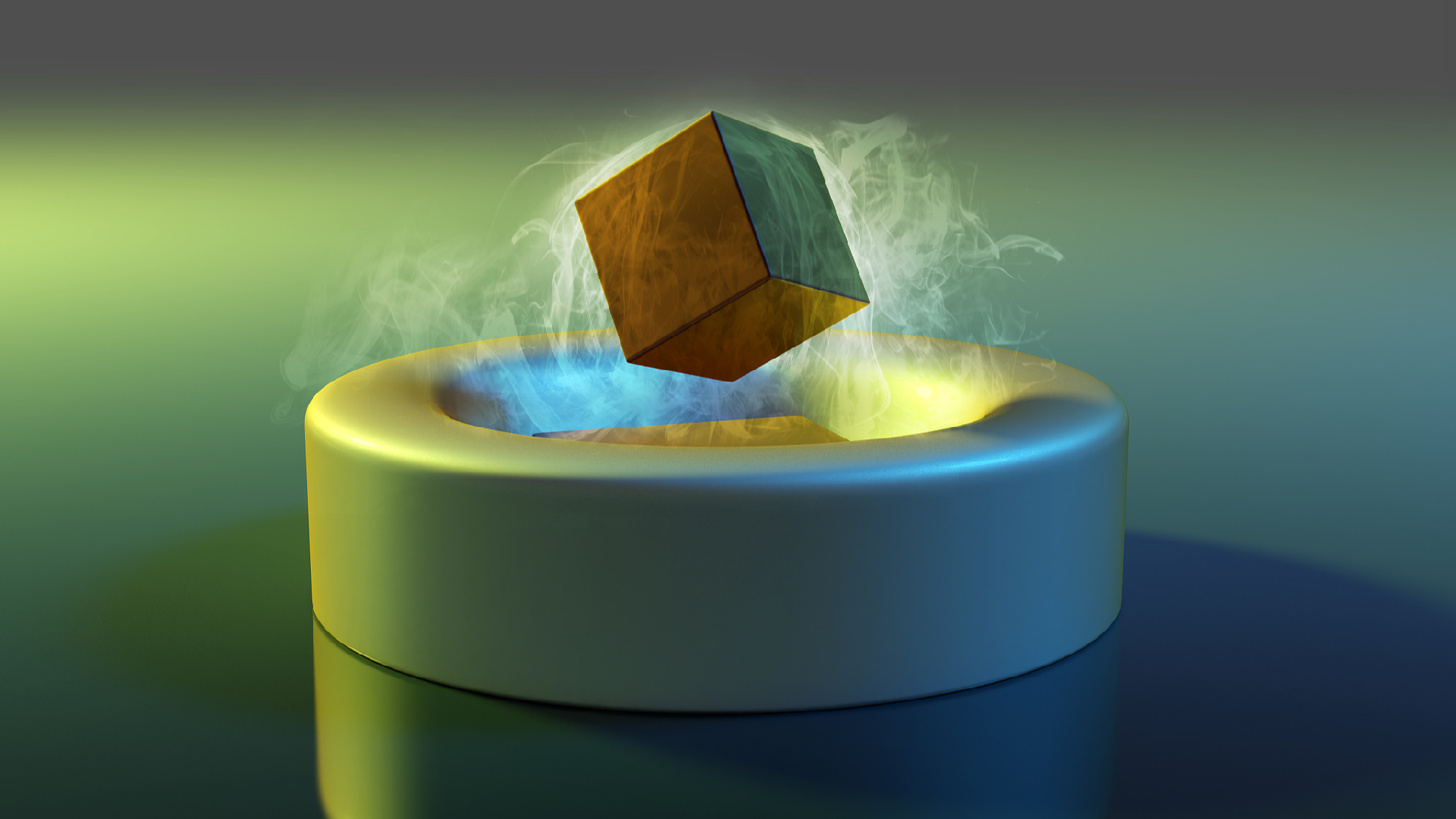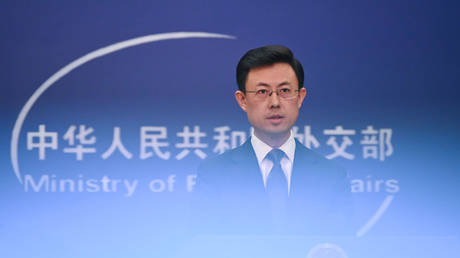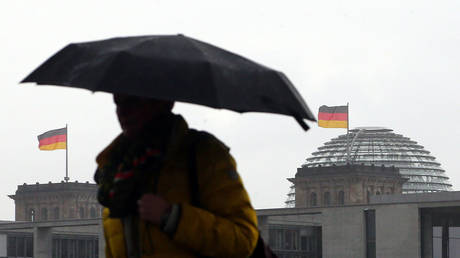Chinese researchers identify new high-temperature superconductor
Chinese scientists have unveiled a new high-temperature superconductor that boasts a superconducting volume fraction of 86 percent, according to an announcement from Fudan University on Thursday.

Led by Professor Zhao Jun from the Department of Physics at Fudan University, the research team has successfully created high-quality trilayer nickelate single crystal samples. These samples exhibit a superconducting volume fraction comparable to cuprate high-temperature superconductors, thereby strongly evidencing the bulk superconducting properties of nickelates.
The findings have been published in the international academic journal, Nature.
Superconductors are materials that display zero electrical resistance and complete diamagnetism under certain temperature conditions, and they offer widespread applications in fields such as power transmission and storage, medical imaging, magnetic levitation trains, and quantum computing.
The discovery of high-temperature superconductivity in the 1980s significantly changed the prior understanding that superconductivity was only possible at extremely low temperatures.
Zhao emphasized that a critical goal in this research area is the discovery of new high-temperature superconductors, which can enhance the understanding of high-temperature superconductivity mechanisms and present new application opportunities.
The professor highlighted that the synthesis of nickelate single crystal samples demands very stringent conditions, specifically requiring a high oxygen pressure environment with a high temperature and a sharp temperature gradient.
After extensive efforts, the team managed to synthesize high-purity, trilayer nickelate single crystal samples using a high-pressure optical floating zone technique.
(With contributions from Xinhua)
Mathilde Moreau contributed to this report for TROIB News
Discover more Science and Technology news updates in TROIB Sci-Tech











